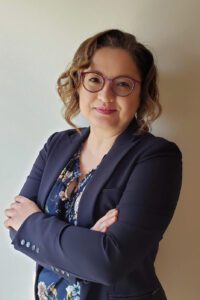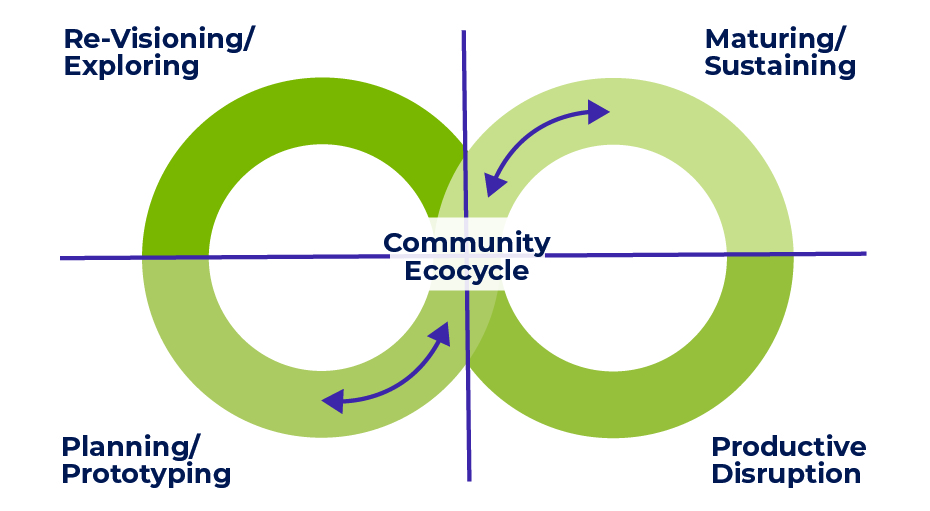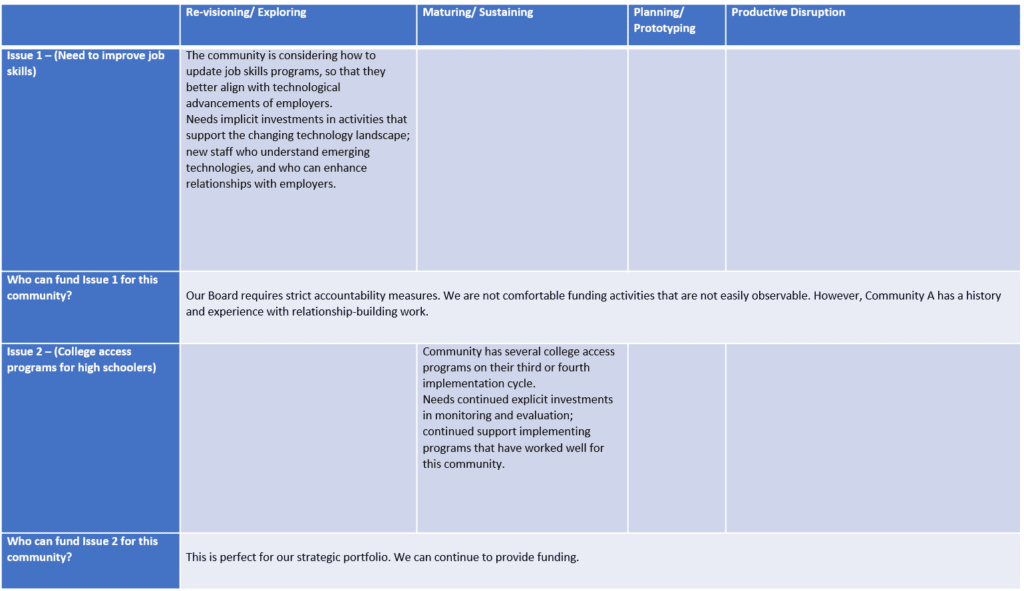 I am Wanda Casillas, an evaluator and active participant in social change efforts in philanthropy. Evaluation is my superpower, but I draw from the tools, resources, and concepts that my brilliant colleagues often infuse into the philanthropic sector. My favorite tools are those that share innovative ways to shift power dynamics and re-center communities, tools that help me think deeply about really complex social change problems and potential solutions.
I am Wanda Casillas, an evaluator and active participant in social change efforts in philanthropy. Evaluation is my superpower, but I draw from the tools, resources, and concepts that my brilliant colleagues often infuse into the philanthropic sector. My favorite tools are those that share innovative ways to shift power dynamics and re-center communities, tools that help me think deeply about really complex social change problems and potential solutions.
Right now, many funders are looking for ways to address systemic, structural social changes with their strategic efforts—a shift we sometimes refer to as systems change efforts. Recent events—such as the global COVID-19 pandemic and the racial justice movement—have created urgency around long-standing inequities and funders, community-based organizations, and evaluators are all working to understand how to engage in needed systems-level changes. We don’t want to put band-aids on the same old wounds and walk away as they turn into more scars that entire communities will have to bear. Instead we want to meet the complex, deeply entrenched problems head on; and we want to do that with the communities that will be most affected.
In response to this growing need, Equal Measure and Mathematica created a series of tools and resources that support funders and their grantees in drawing from a systems perspective to map community needs. Two of these tools work well in concert to meaningfully encourage community engagement in funder planning:
The Community Ecocycle in Place-Based Systems Change: A Tool for Funder and Community Reflection and Action. This tool is intended to help funders center communities by understanding the developmental stage of the communities they serve. We hope funders will use this tool to consider the dynamic, natural, and necessary developmental phases through which communities move, and engage with communities to co-design investment approaches that better match communities’ current and future assets and needs based on their developmental phase.
Investments in Implicit and Explicit Dimensions of Place-Based Systems Change: A Tool for Funder Reflection and Action. This tool is intended to help funders consider both the implicit and explicit dimensions of investment, and assess how their strategic intent, culture, and capacity can support complementary dimensions of systems change. We hope that this tool will help funders and foundations further clarify how to focus their place-based systems change investments, leading to more coordinated, locally owned, and sustained impact.
Both tools are intended to help funders that invest in place-based systems change strategies center community in their investment decision-making and planning. Though each tool is designed to be used individually, using them together can support funder considerations in ways that authentically draw in community perspectives. These tools can help funders begin to shift power and challenge traditional ways of funder planning.
Using the Tools Together
We recommend that funders and community organizations start with the Community Ecocycle in Place-Based Systems Change tool. This tool helps funders and communities think about their developmental stage related to issues of importance to communities. The Ecocycle Map (Exhibit 1) illustrates the possible stages of development, noting that stages don’t have to be linear or progressive. As an example, many programs are in the Planning/Prototyping stage. In this stage, programs think through a design that matches a community need, and then implement it for several learning and refinement cycles.
Using this tool to guide facilitated discussion, stakeholders from each group can work through the defining characteristics of one or more agreed-upon community issues. They will work to determine where in the cycle of development a community falls regarding their experience with and capacity for addressing the most relevant community needs. This process can support relationship building between funders and community organizations, help funders set strategic goals that match a community’s needs, and ensure that community voices are considered in funding strategies.
Once funders and communities have mapped developmental stages on key issues, funders can use the Investments in Implicit and Explicit Dimensions of Place-Based Systems Change tool to reflect on which aspects of community needs they are best positioned to address. For instance, if a community is in the Re-Visioning/Exploring stage, the most urgent need could be implicit dimensions—those that support relationship-building, partnerships, and general community alignment around an issue, as opposed to explicit dimensions (e.g., tangible items such as staffing and resources). Funders can consider the extent to which they can support these dimensions in their program strategies. We provide several examples in Exhibit 2.
Exhibit 2: Does Your Community Need Implicit or Explicit Funding at a Given Developmental Stage?
We hope these tools provide a comprehensive resource that re-centers community engagement in funder planning, while elevating community voices to support funding decisions.
We are actively crowd-sourcing feedback to the suite of tools and resources, including the two discussed here, and would be happy to hear from users about their experiences and suggestions for further refinement. If you have comments, additions, or considerations for improvement, or are willing to share your experiences engaging with these tools, please contact us at communications@equalmeasure.org.

